She is standing , observing the swallow which has just landed at her feet , she is dressed in a traditional corset dress of the time , and her hair is in a bun .
The scene illustrates the dreamed harmony between Humans and Nature .
Signature of the sculptor "Carlier" , hollowed out on the naturalistic oval terrace .
Sculpture resting on an oval base in pink marble .
Old bronze , period second half of the 19th century , circa 1890 .
Very good state of conservation and patina .
Dimensions : 76 cm x 25 cm x 25 cm
Emile Joseph Nestor Carlier (1849-1927)
Emile Joseph Nestor Carlier was a famous French academic sculptor , born in Cambrai in 1849.
A pupil at the École des Frères , he attended the “Municipal Drawing School” , under the watchful eye of his teachers Berger , father and son .
His father , fearful of the hazards of an artist's life , was less than enthusiastic about his son's professional choice .
So , in 1864 , with his mother's support, he joined the workshop of the Cambrian ornamental sculptor Lecaron , where he learned the trade by sculpting the stones of Cambrai Cathedral .
It was during this period that the young apprentice fell from a scaffolding , and owed his salvation only to the strap of his bag , which kept him suspended from the mast .
He went to Paris to visit the 1867 World's Fair, which confirmed his vocation as an artist .
With no financial support from his parents , he had to do odd jobs and was hired by a furniture maker in the Faubourg Saint-Antoine .
He then returned to Cambrai to attend the Academic School in René Fache's studio .
A studious and diligent student , his teacher convinced his parents to let him move to Paris , to enter the School of Fine Arts.
In 1869 , he received a scholarship from the city of Cambrai , and was admitted to the studio of sculptor Jules Cavelier , who taught him in a rigorously academic manner .
The 1870 war interrupted his studies .
Exempted from military service , he visited his parents and joined the Montrouge volunteers .
After a short military career , he was awarded the military medal by decree on December 31 , 1871 , following a report by the Minister of War .
He then joined François Jouffroy's workshop .
He continued his training in François Jouffroy's studio , then at the Académie Julian , in Henri Chapu's studio , where he met up again with his friend from Valenciennes , Léon Fagel .
In 1874, he made his debut at the Salon and exhibited there every year thereafter .
As a token of his gratitude , he donated his first major work to the town of Cambrai .
In 1876 , he created a stone statue of the Cambrian chronicler "Enguerrand of Monstrelet" , which was erected in a public garden . It was destroyed by bombing in 1944 .
He exhibited “Gilliat aux prises avec les pieuvres” (Gilliat grapples with octopuses) which won him a 2nd medal at the 1879 Salon , then “Avant l'Âge de Pierre” (Before the Stone Age) which enabled him to obtain a travel grant and visit Italy in 1881 .
In Florence , he modeled the sketch for “L''Aveugle et le Paralytique”(The Blind Man and the Paralytic) , for which he was awarded the first medal at the 1883 Salon.
In 1889 , after winning a gold medal at the Paris Universal Exhibition , he decided to transform his “Gilliat” , which he exhibited at the 1890 Salon . His work was bought by the State for the Luxembourg Museum .
He became a member of the jury of the French Artists' Fair , and had the rules revised .
Joseph Carlier died in Paris on April 11 , 1927 .

























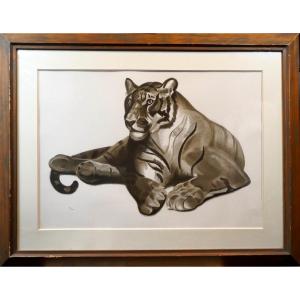




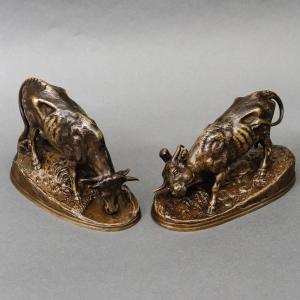


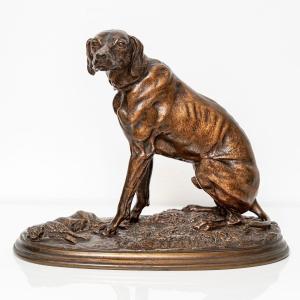

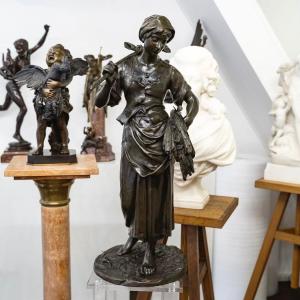

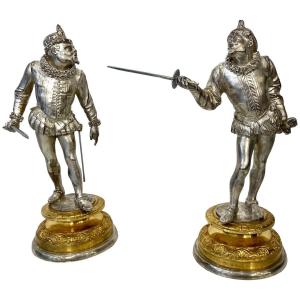








 Le Magazine de PROANTIC
Le Magazine de PROANTIC TRÉSORS Magazine
TRÉSORS Magazine Rivista Artiquariato
Rivista Artiquariato